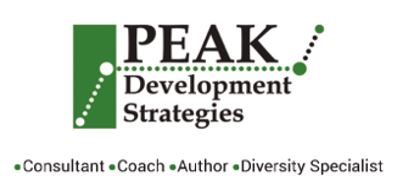The strength of efficient procedures lies in the fact that,once established, they become automatic. Well-planned procedures for paper flow, for processing orders, and for other routine matters save time and increase the productivity of everyone. Ongoing evaluation and adjustment of procedures is the responsibility of the entire work group. Whether in a group or on your own, as you look for ways to save time through efficient procedures, consider the following four major steps.
Evaluate routines.
Evaluate any routine activity that occurs with relative frequency and according to an established pattern. For example, most orders from the sales department are routine. The supervisor or manager reviews orders only to approve credit for a new customer or to handle some unusual feature of an order. Examine the various activities performed by your department and determine where a time saving could occur through revising current procedures.
Question procedures.
Look at the procedures now being followed to accomplish a particular task. Ask pertinent questions like these: “Who does the work?” “When is the work done?” “Where is the work done?” “How is the work used after it is completed?” Learn everything about the purpose, the people, and the procedures involved in a task. Ask questions about each activity. Is it necessary? Many reports and procedures can be eliminated entirely or combined with other activities. Be willing to question all procedures in the interest of responding rapidly to changing needs.
LMI Journal
Next week Streamline plans and Design effective procedures.

Recent Comments